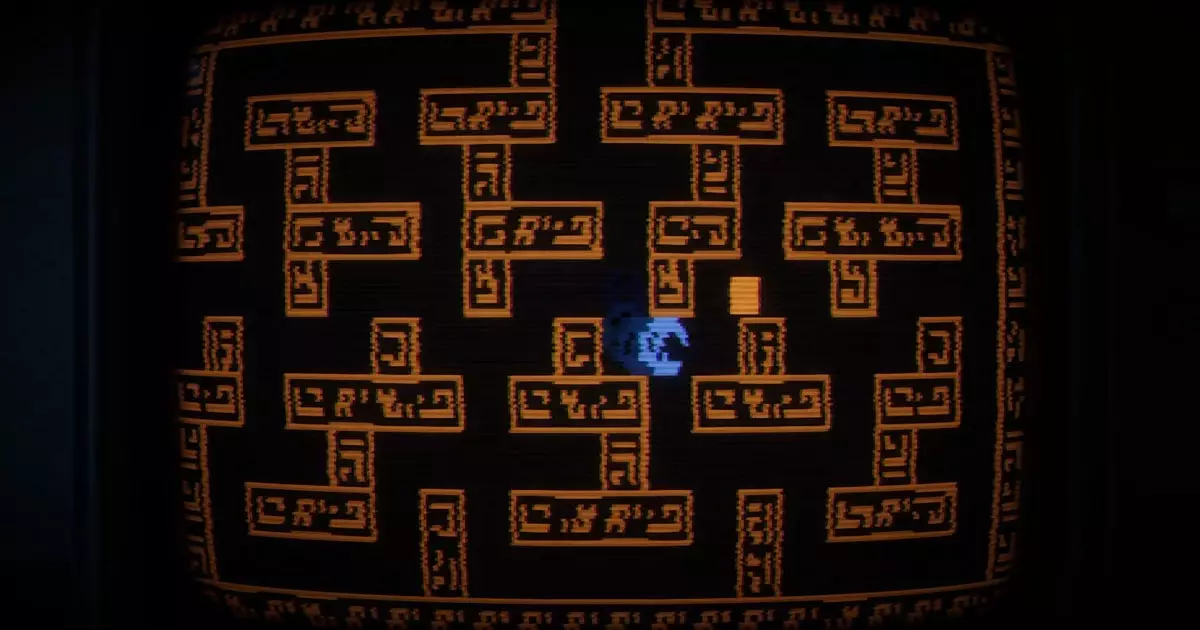The recent launch of Tormenture, a horror video game that plays on the innate fear and charm of the 1980s gaming era, has stirred excitement among fans of the genre. Evoking memories of cursed games like Inscryption and Pony Island, Tormenture enters into a landscape already rich in eccentric narratives and haunting gameplay. This new title, teeming with psychological challenges and retro aesthetics, asks players to navigate not only a digital labyrinth but also their childhood fears, embedding horror deeply into the fabric of nostalgia.
At its center, Tormenture centers around a child lost within the confines of a supposedly haunted 8-bit game. This blend of childhood whimsy and the horrifying evokes a visceral gut response from a generation raised on clunky pixels and chiptune soundtracks. The game’s conceptual framework effectively mirrors the innocence of youth, contrasting sharply with the morbid undercurrents that flow through both the gameplay and storyline. The 1980s, an era that seems charming to some, feels like a distant nightmare for others—especially those of us who lived through it.
In the demo, players navigate two distinct but interwoven environments: a pixelated game world and the claustrophobic confines of a child’s bedroom littered with haunting toys. This duality adds layers of complexity to the gameplay. While players are tasked with solving puzzles reminiscent of early gaming challenges, the surrounding atmosphere of the bedroom steadily escalates in tension, creating a unique interplay between gameplay and narrative.
Tormenture leans heavily on its labyrinthine structure; players find themselves wrestling with intricate puzzles designed to elicit thought and provoke fright. One noteworthy puzzle introduces a zombie hand that must be coaxed into operating a mechanism, reminding players that sometimes, engaging with horror requires a gentle touch. The labyrinths and the locked doors parallel the psychological maze one navigates in real life, where the stakes are both low (a game) and high (one’s psyche).
Visually, Tormenture appears to be caught in a dichotomy between the charming simplicity of retro graphics and the stunning intricacy of modern design. The 3D segments promise a richer visual experience, full of eerie details and chilling ambiance—an effective reminiscence of popular horror titles today while framing itself within an unmistakably retro context. This aesthetic creates a sense of immersion seldom achieved in games adopting a purely 8-bit style.
However, this juxtaposition raises questions about a player’s experience. Does the love for retro aesthetics mean an overreliance on nostalgia, risking the gels of genuine horror with comfort? The game’s appeal might lie in its ability to blend comfort with innovation, but it remains nascent in its uptake of the chaos often found in games like Inscryption.
There’s a unique allure associated with the concept of cursed video games, allowing players to engage with themes of possession and the surreal. The connection between horror games and childhood memories becomes particularly poignant in Tormenture. It compels introspection about how our past experiences can shape our present fears. The design mirrors feelings of abandonment and intrigue into objects from our youth—thoughts that poke through like the twisted faces of toys long forgotten, providing the game its sinister backdrop.
As players embark on this journey through a cursed game, they might wonder about the state of gaming today, marked by vibrant visuals and incessant distractions. The darkness of early gaming—the CRT screens filled with half-imagined pixels—offers a haunting parallel reflective of our modern lives. It compels a longing for times when screens were windows to adventure rather than blinding barriers of ceaseless stimuli.
Tormenture encapsulates a strong thematic voice, poised between psychological depth and nostalgic chills. As players continue to explore its digital corridors, they will not only grapple with the game’s inherent puzzles but also with the broader implications of childhood fears manifested through a haze of retro gaming. The quest for the ultimate horror experience might lead them to confront deeper truths—that the horrors we once faced as children may never fully dissipate, existing as shadows that linger well into adulthood. Fans of the genre are likely to find this game to be an adventure worth undertaking, one that echoes long after the controller is put down.


Leave a Reply